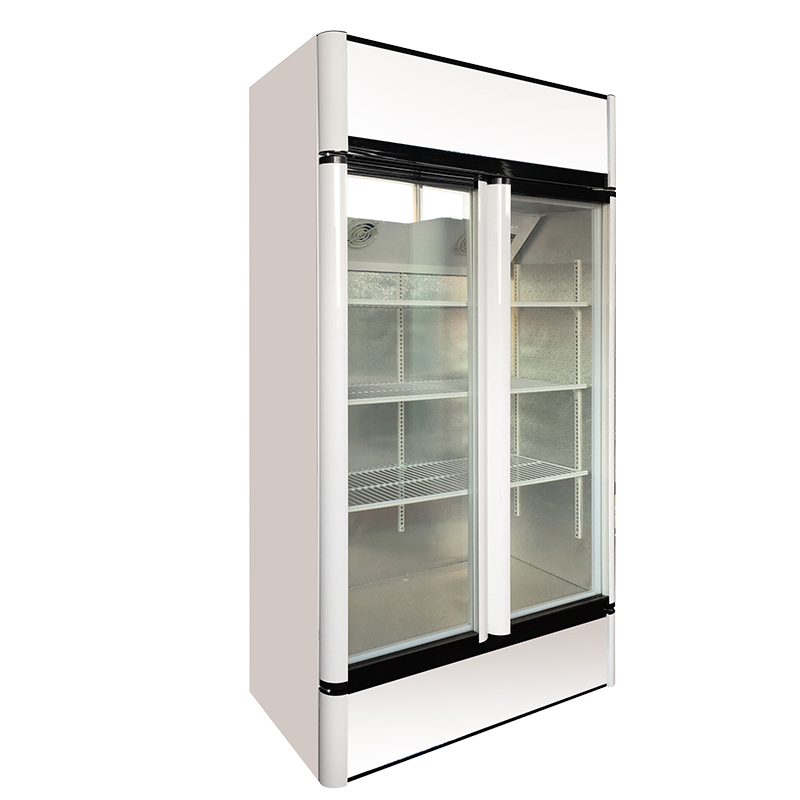Maintaining and cleaning your household refrigerator regularly is essential to ensure its efficient operation, prolong its lifespan, and keep your food fresh and safe. Here are some best practices for maintaining and cleaning a household refrigerator:
Keep it organized: Regularly check the contents of your refrigerator and remove any expired or spoiled items. Organize the items neatly to maximize space and facilitate airflow within the refrigerator.
Clean spills promptly: Wipe up spills or leaks inside the refrigerator as soon as they occur to prevent stains and odors from developing. Use a mild detergent solution or a mixture of water and baking soda to clean spills effectively.
Regularly defrost: If you have a manual defrost refrigerator, defrost it regularly to prevent ice buildup on the walls and coils. Follow the manufacturer's instructions for defrosting, and avoid using sharp objects to remove ice buildup to prevent damage to the refrigerator.
Clean exterior surfaces: Wipe down the exterior surfaces of the refrigerator, including the door handles and gaskets, with a soft cloth and mild detergent solution. Avoid using abrasive cleaners or scouring pads that could scratch the surface.
Vacuum condenser coils: Dust and debris can accumulate on the condenser coils located either at the back or underneath the refrigerator. Use a vacuum cleaner with a brush attachment to remove dust and debris from the coils periodically to ensure optimal cooling efficiency.
Check door seals: Inspect the door seals (gaskets) regularly for signs of wear or damage. Replace worn or damaged seals to maintain proper sealing and prevent cold air from escaping, which can lead to energy waste and food spoilage.
Adjust temperature settings: Check and adjust the temperature settings of your refrigerator and freezer compartments as needed to maintain optimal temperature levels for food storage. Keep the refrigerator temperature at or below 40°F (4°C) and the freezer temperature at 0°F (-18°C).
Empty and clean drip pan: Some refrigerators have a drip pan located underneath to collect condensation. Empty and clean the drip pan regularly to prevent mold or bacteria growth.
Change water filter: If your refrigerator has a water dispenser or ice maker, replace the water filter according to the manufacturer's recommendations to ensure clean and fresh-tasting water and ice.
Air circulation: Ensure that there is proper airflow around the refrigerator by leaving some space between the appliance and the surrounding walls or cabinets. This helps prevent overheating and improves cooling efficiency.
By following these best practices for maintenance and cleaning, you can keep your household refrigerator running smoothly, prolong its lifespan, and ensure that your food stays fresh and safe for consumption.


 English
English عربى
عربى







